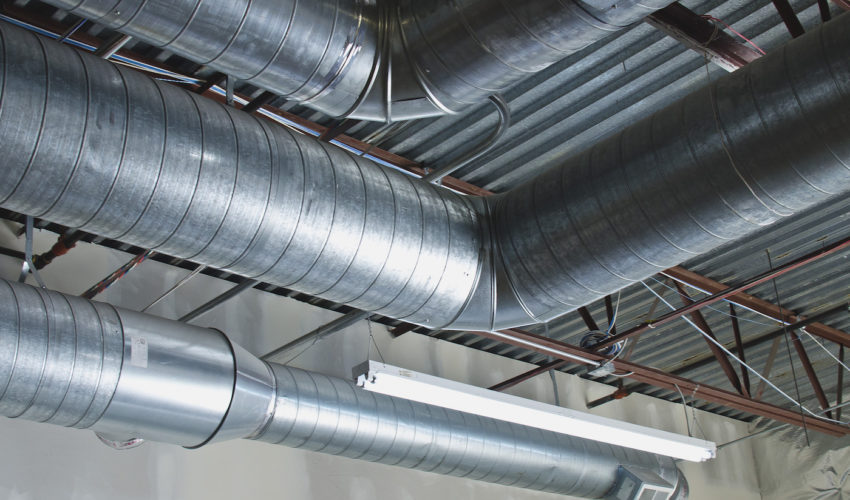Did you know that leaky ductwork is just like a leaky bank account? Every time the heating or air conditioning system is running, precious utility dollars are being consumed so it only makes sense to have a system that is as efficient as possible. On the other hand, leaky ducts can be difficult to detect, making this a major issue for homeowners and businesses alike.
Finding Leaky Ducts
When heated or cooled air escapes from ducts before reaching the planned point of exit, your HVAC systems will have to work harder and longer to achieve the optimal temperature for your spaces. According to Energy Star, as much as 20 percent of all the air moving through residential duct systems is lost as a result of leaks, holes, and improperly connected ducts.
Some of the most common areas to find leaky ducts are in basements, crawlspaces, garages, attics, and other areas of the home or business that are not often in use. This is especially problematic as not only is all that expensive air being lost to areas that need very little climate control, but also because it makes the leaks even more challenging to detect.
Some visible signs of ductwork trouble include holes and tears in the ducts themselves, or cracks, gaps, and poor connections at duct seams. If everything looks in order, a manual inspection will help find less-visible leaks. To do this, make sure the system is running and blowing air, and place your hand near joints in the ducts to see if you feel any air. Duct tape may be another sign of a poor connection. Contrary to its name, duct tape should not be used to seal a leak!
To be sure your system is leak-free, especially for inaccessible areas, enlist the help of a professional to inspect the ductwork for signs of trouble.
Hot & Cold Spots Are A Sign of Trouble
One of the ways to spot a problem with leaky ducts is your energy bills. Rising costs that are not explained by weather conditions often point to a problem with the HVAC system, and leaky ducts are often the culprit. Another way to spot a potential problem with your ductwork is when inconsistent room temperatures are present throughout the building.
Ductwork can become blocked, constrained, or undersized for your current needs. When this happens, there will be some areas with less than optimal airflow which will then result in other rooms receiving more heated or cooled air than necessary. If the flow of air is particularly noisy, or you notice a whistling or popping sound from a specific zone, this may be a sign of blocked vents, registers, and ducts, or of an improperly sized duct.
Optimal Ductwork for Optimal Comfort and Cost
Ideally, your HVAC system should be a closed system. That means it’s tightly sealed from one end to the other with planned areas of fresh air intake and venting. When there are leaks in the system, both your comfort and your budget will be sacrificed. The good news is that leaky ductwork can be repaired, and a service expert can help you find ways to make your entire HVAC system work more efficiently, too. For example, insulating your ductwork can improve energy efficiency while also reducing condensation buildup during the summer which can lead to problems with mold.
Winter is the best time to address these issues as unconditioned spaces like attics can see temperatures that are too high for significant work during the summer. Instead, detect and address ductwork issues before the heat of the summer arrives, and enjoy more comfortable spaces (and more comfortable energy bills!) all year long.


